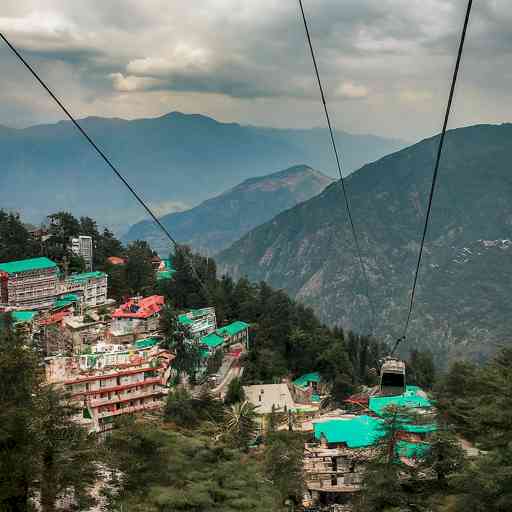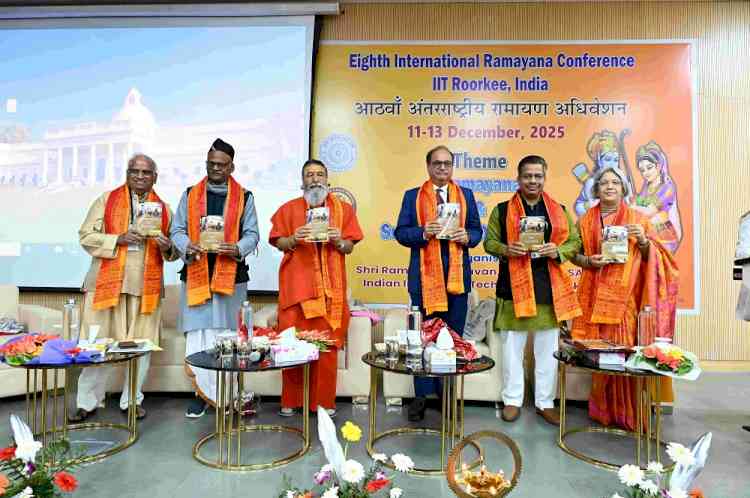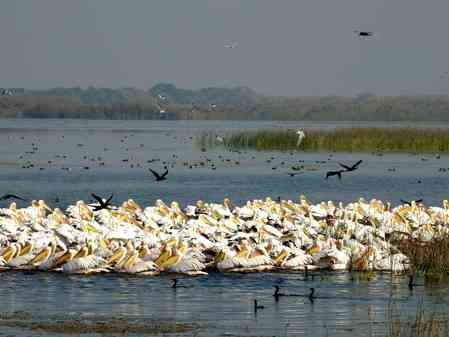Rope Ways: A Future-Forward Solution for Dharamshala's Traffic Woes
Rope ways, or aerial tramways, emerge as a beacon of hope for alleviating the burgeoning traffic congestion in Himachal Pradesh's premier hill stations such as Manali, Dharamsala, Dalhousie, and Shimla. The urgency for such an innovative solution is particularly palpable in Dharamshala. This vibrant city, renowned for its international cricket events and as the esteemed residence of the Dalai Lama, attracts global tourists, exacerbating its traffic situation. Despite being well-connected by air, road, and a nearby railhead 90 km away, the influx of private vehicles, taxis, and large luxury buses often leads to a chaotic traffic scenario, underscoring the dire need for an alternative mode of transportation.

Rope ways, or aerial tramways, emerge as a beacon of hope for alleviating the burgeoning traffic congestion in Himachal Pradesh's premier hill stations such as Manali, Dharamsala, Dalhousie, and Shimla. The urgency for such an innovative solution is particularly palpable in Dharamshala. This vibrant city, renowned for its international cricket events and as the esteemed residence of the Dalai Lama, attracts global tourists, exacerbating its traffic situation. Despite being well-connected by air, road, and a nearby railhead 90 km away, the influx of private vehicles, taxis, and large luxury buses often leads to a chaotic traffic scenario, underscoring the dire need for an alternative mode of transportation.
The proposition of establishing rope way systems for urban mobility in Dharamsala, including McLeodganj, stands out as a swift and nature-friendly solution. Known for their breathtaking scenic beauty, these areas grapple with traffic congestion, particularly during peak tourist seasons. The challenge is compounded by the narrow and winding roads, which are not only difficult to navigate but also pose significant safety hazards, contributing to air and noise pollution and detracting from the region's environmental health and the well-being of its residents.
Rope ways present a sustainable, efficient, and cleaner alternative to the reliance on traditional petrol and diesel vehicles. By operating on electricity, they significantly cut down emissions, mitigate ground traffic congestion, and enhance safety. Their capacity to provide direct access over challenging terrains, which are otherwise inaccessible to cars and buses, further positions rope ways as an ideal solution. Additionally, these aerial tramways could evolve into a tourist attraction, offering unparalleled panoramic views of the landscape and evenly distributing tourist traffic across the region.
While the transition to rope way systems promises a more cost-effective and environmentally friendly alternative to the expansion of roads, its implementation demands meticulous planning, seamless integration with existing transport infrastructure and thoughtful consideration of initial investment and ongoing maintenance challenges. Nonetheless, the myriad benefits of rope ways—ranging from reduced environmental impact and congestion to elevated tourist experiences—highlight their viability as a progressive and eco-conscious transportation strategy. For Dharamshala, and hill stations alike, rope ways could symbolize a harmonious blend of modernity and nature preservation, charting a course towards a sustainable and congestion-free future.
(The writers is a Dharamshala-based Senior Journalist)


 Arvind Sharma
Arvind Sharma 










